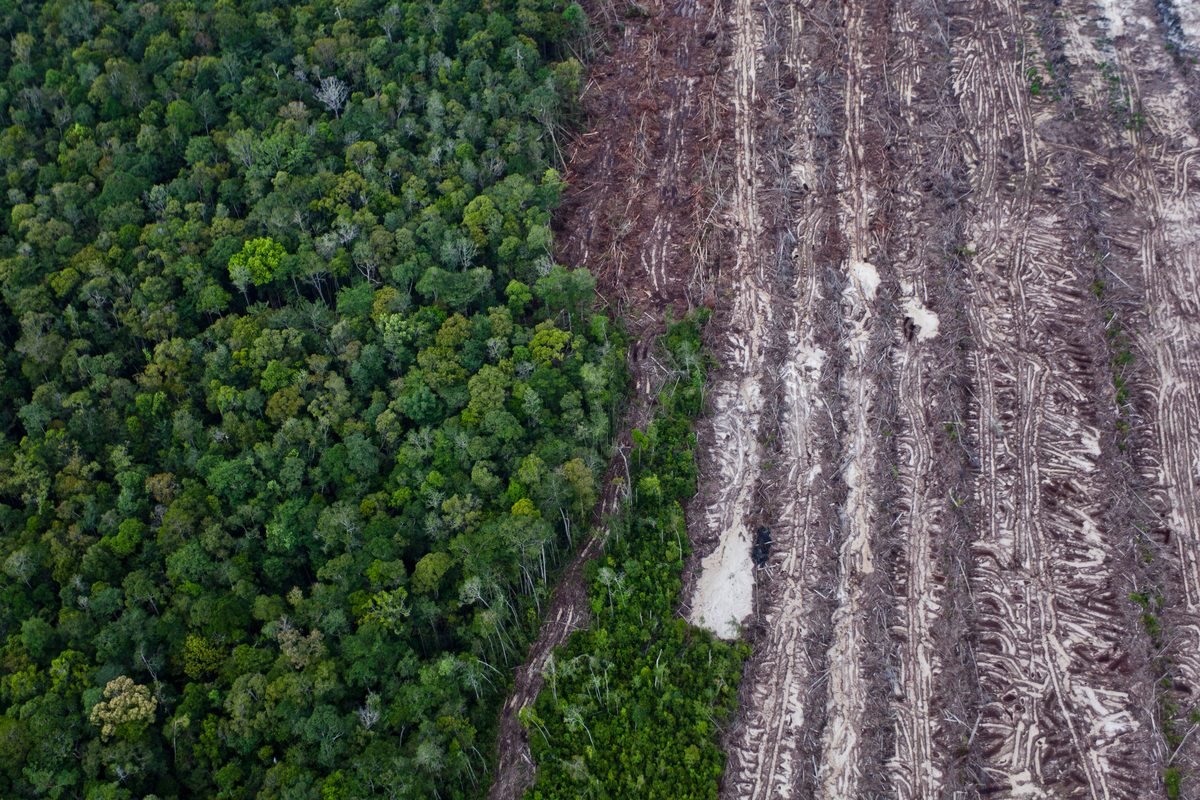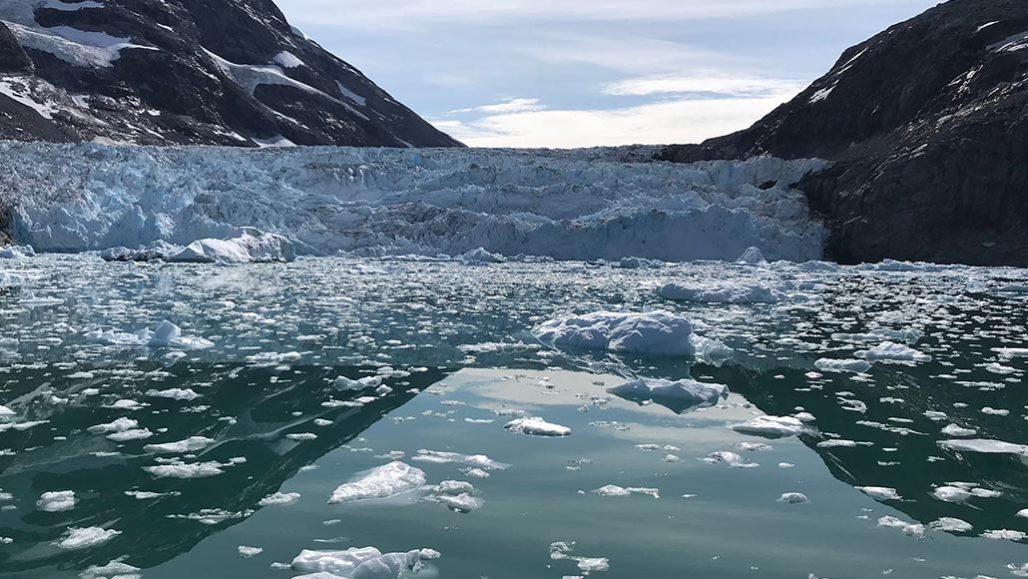My Investigation on climate change
ACIDIFICATION!
ACIDIFICATION DEFINITION:
Ocean Acidification (OA) is a term used to describe significant changes to the chemistry of the ocean. It occurs when carbon dioxide gas (or CO2) is absorbed by the ocean and reacts with seawater to produce acid.
What is happening to the oceans?
When carbon dioxide (CO2) is absorbed by seawater, chemical reactions occur that reduce seawater pH, carbonate ion concentration, and saturation states of biologically important calcium carbonate minerals. These chemical reactions are termed "ocean acidification" or "OA" for short.
What does this do to Shellfish?
For oysters, scallops and other shellfish, lower pH means less carbonate, which they rely on to build their essential shells. As acidity increases, shells become thinner, growth slows down and death rates rise. ... They're using a form of calcium carbonate to build their shell that dissolves really easily.
DEFORESTATION!
Definition:
The action of clearing a wide range of trees. (Getting rid of trees).
What are trees used for?
Trees provide shade and shelter, timber for construction, fuel for cooking and heating, and fruit for food as well as having many other uses. In parts of the world, forests are shrinking as trees are cleared to increase the amount of land available for agriculture.
How does Deforestation affect the climate?
Burning or cutting down trees reverses the effects of carbon sequestration and releases greenhouse gases (including carbon dioxide) into the atmosphere. Furthermore, deforestation changes the landscape and reflectivity of earth's surface.


ICE CAP MELT!
Definition:
A polar ice cap is a region of land at the North or South Pole of a planet that is covered with ice. ... The melting of the polar ice caps is caused by the overall increase in global temperature, and this melting can have serious consequences for all organisms on Earth.
If all the ice melted what would happen?
If all the ice covering Antarctica , Greenland, and in mountain glaciers around the world were to melt, sea level would rise about 70 meters (230 feet). The ocean would cover all the coastal cities.

WATER VAPOUR!
Definition:
Water vapor is water that is in the form of a vapor, or gas. It is a part of the water cycle. When liquid water is heated to boiling temperature, 100 degrees Celsius, it all turns into vapor.
How does water vapour and Evaporation contribute to Climate Change?
Put simply, water evaporates from the land and sea, which eventually returns to Earth as rain and snow. Climate change intensifies this cycle because as air temperatures increase, more water evaporates into the air.




